Ancient Insights for Modern Wellness
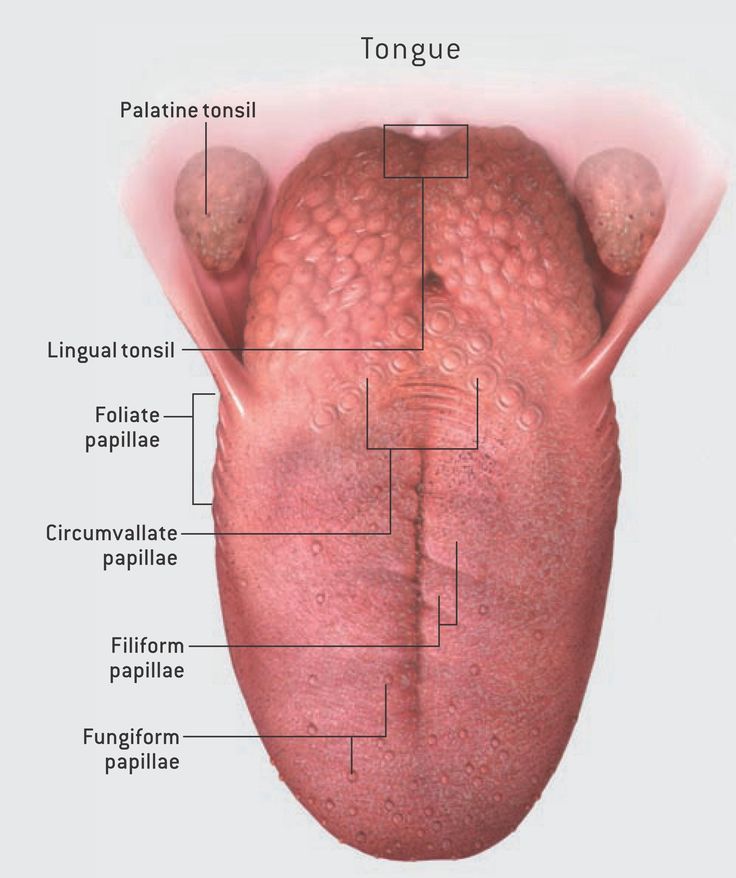
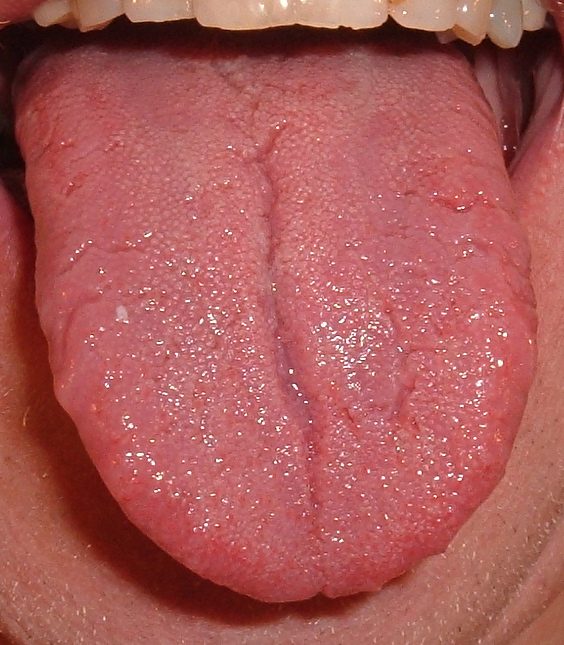
Introduction: Ancient Wisdom Meets Modern Science
The tongue has long been seen as a mirror of health. Ancient Hindu rishis observed that subtle changes in tongue colour, coating, and structure signaled imbalances in digestion. They described this as a reflection from the face of human tongue. Today, modern research is beginning to test these claims. Saliva studies, oral microbiome mapping, and tongue imaging suggest that the mouth may indeed reveal early signs of digestive disorders. By comparing ancient insights with current evidence, we can uncover useful non-invasive markers for chronic and acute diseases. This blog explores these parallels, showing how traditional wisdom and biomedical science may work together to advance early detection and holistic care.
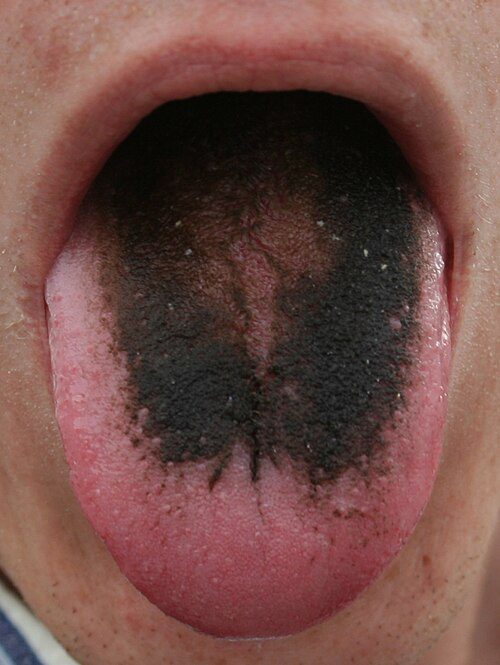
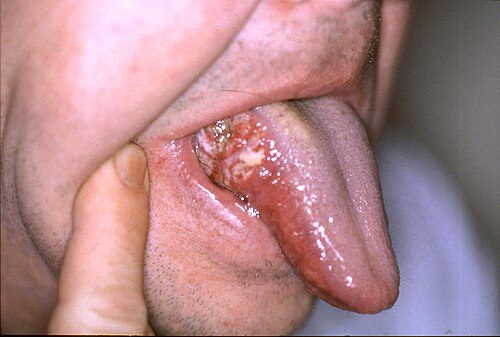
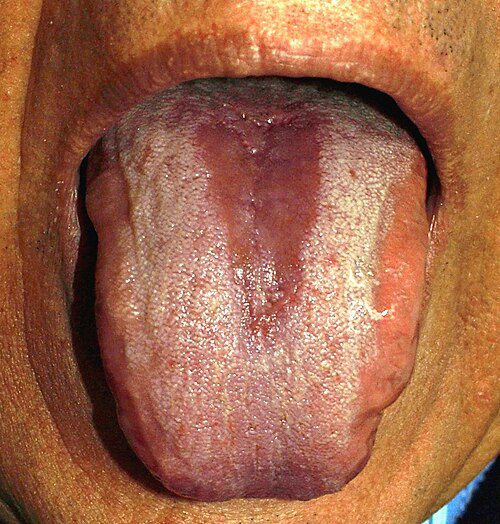
What the Rishis Observed
Rishis carefully studied the tongue as part of Ayurvedic examination. They noted that a pale tongue suggested low vitality or anemia. A yellow coat was linked to bile imbalance and sluggish digestion. A thick white layer indicated mucus buildup and weak metabolic fire. Cracks and fissures hinted at dehydration or chronic digestive strain. The tip of the tongue was thought to show heart and lung conditions, while the base reflected bowel health. This simple visual inspection required no tools but deep observation. They called it a natural reflection from the face of human tongue. These early insights guided diet, herbs, and lifestyle advice. Many of these traditional signs still echo in folk health practices across India.
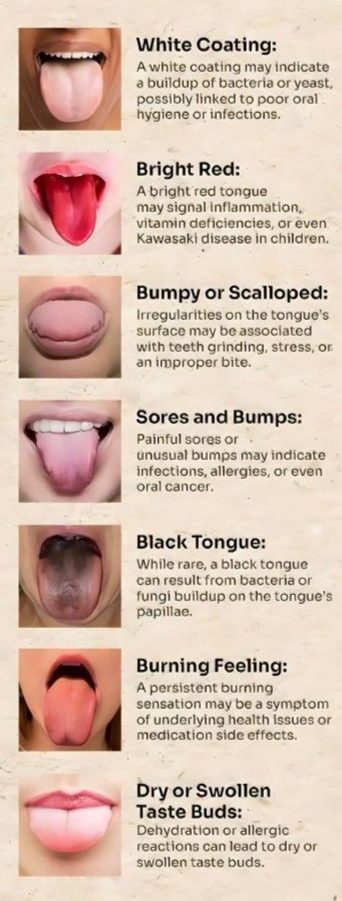
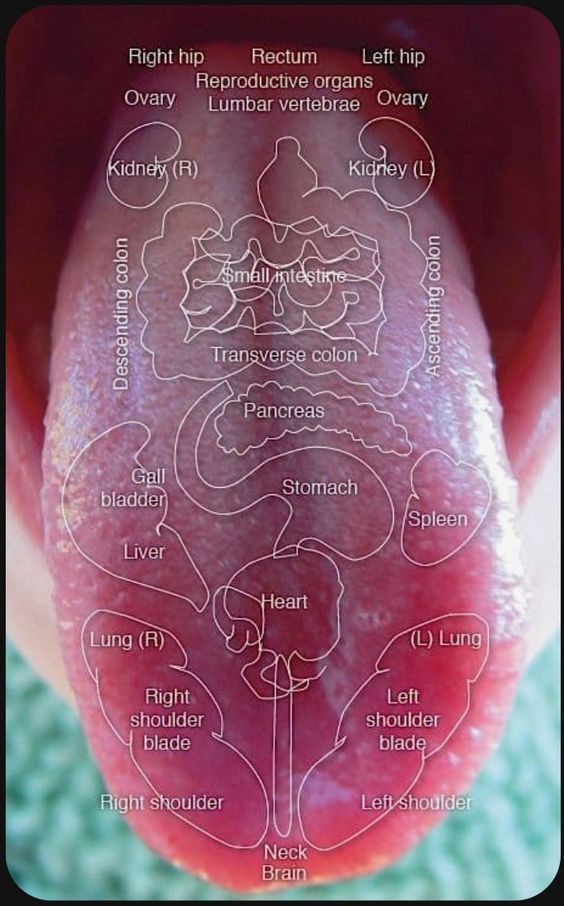
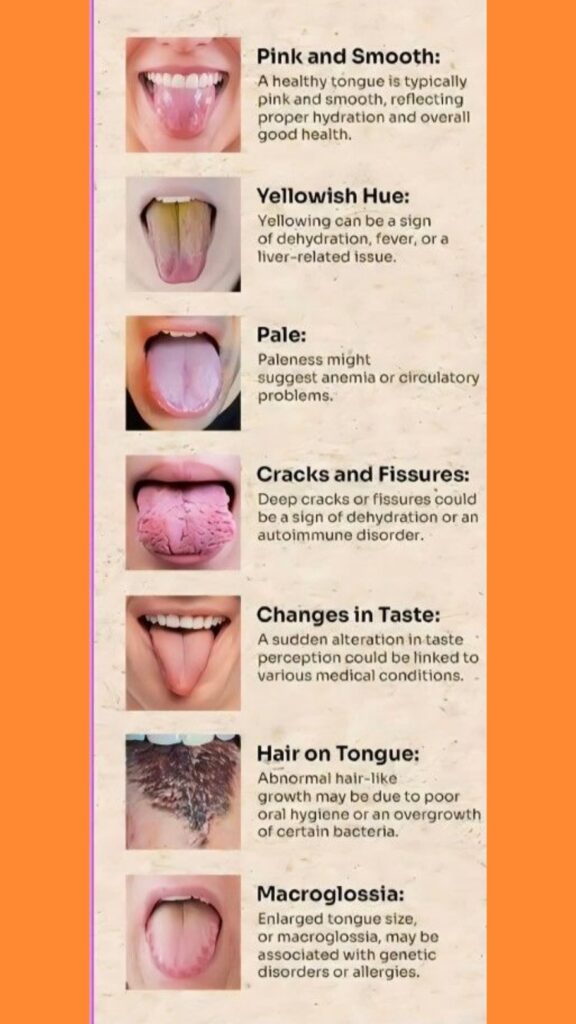
Modern Science on Tongue Diagnosis
Science now provides tools to test these old observations. Studies show that tongue coatings often represent oral biofilms formed by bacteria and fungi. The colour may reflect microbial composition and inflammatory status. Saliva metabolomics has revealed that molecules linked to gut health also appear in oral fluids. Imaging techniques such as spectroscopy can measure pigments and oxygenation, correlating them with systemic disease. Research links a red, glossy tongue to nutritional deficiencies and a coated tongue to microbial imbalance in the gut. While not every rishi observation is validated, patterns are emerging. The reflection from the face of human tongue is now being studied through lenses of microbiology, immunology, and digital diagnostics. These findings may support non-invasive screening in clinics.
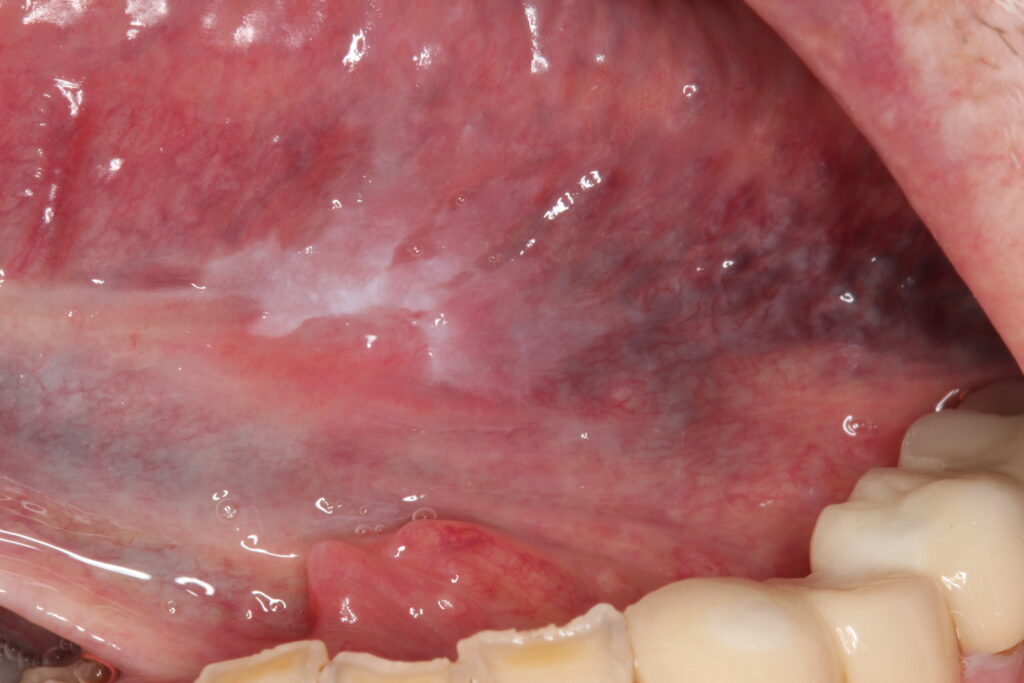
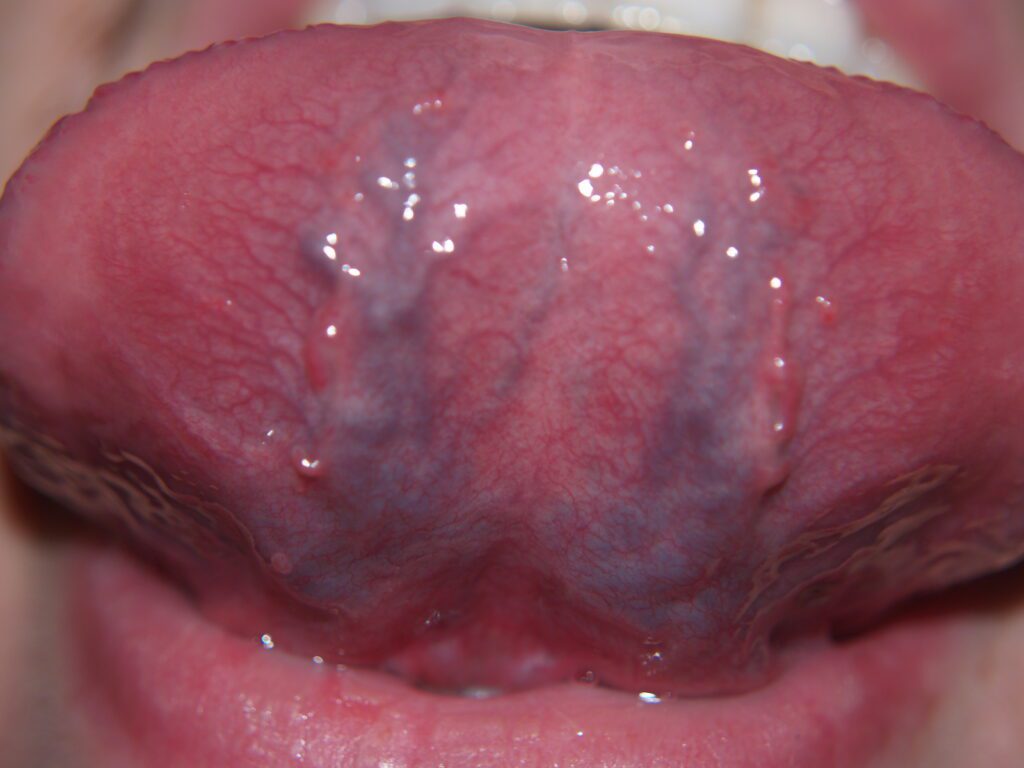
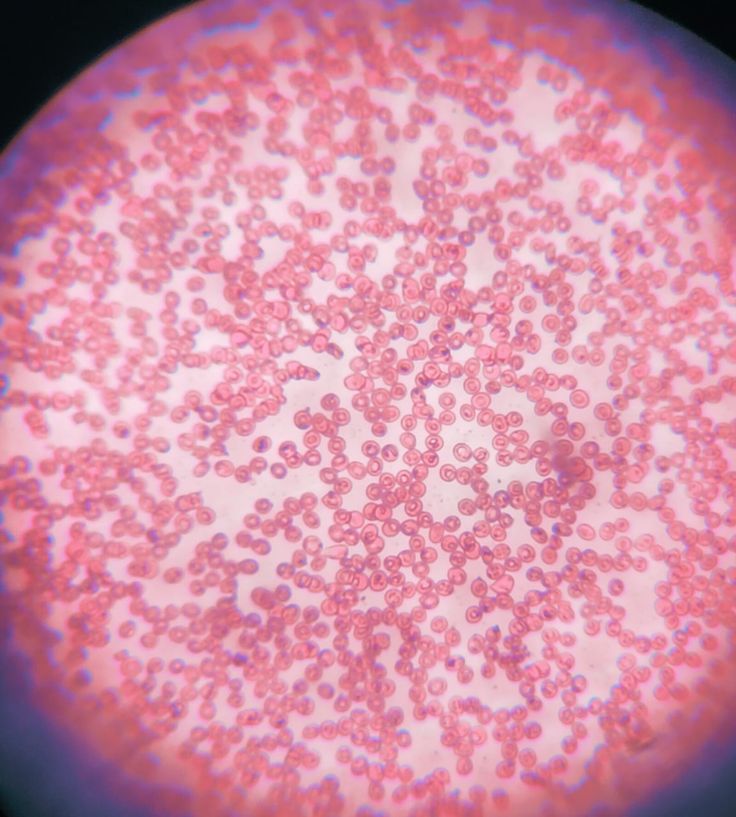
Practical Markers Readers Can
Without self-diagnosing, readers can observe their own tongues for early clues. A healthy tongue is usually pink, moist, and evenly coated. Persistent thick coating, deep cracks, or unusual colours may signal digestive or systemic imbalance. While such changes may be harmless, long-lasting alterations should prompt a professional check-up. Ayurveda interprets these as dosha imbalances, while modern science explores links to inflammation and metabolism. The reflection from the face of human tongue should be seen as an early signpost, not a final diagnosis. Readers should balance awareness with medical advice, combining self-care with evidence-based healthcare when concerns arise.
Conclusion: A Dialogue of Traditions
The tongue remains a living mirror of health. Ancient rishis treated it as a simple diagnostic screen. Modern researchers are now confirming that this reflection from the face of human tongue can offer real clues to digestion and disease. Combining both perspectives allows us to appreciate the value of traditional wisdom while grounding it in scientific inquiry. The goal is not to replace modern diagnostics but to enrich early awareness and preventive care. By respecting cultural heritage and applying modern research, we open pathways to low-cost, non-invasive screening tools. This dialogue between Ayurveda and biomedicine may guide future innovations in holistic digestive health.

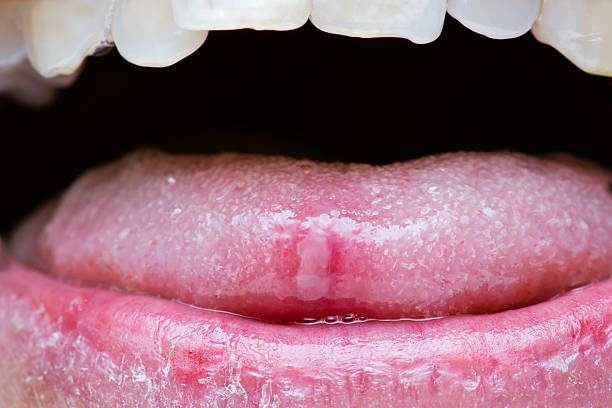
Tongue indeed a reflector of digestic tract
Nice